Maturity Matrices are becoming the latest buzzwords as one the world’s best established environmental management systems, ISO 14001:2006, gets a makeover. With over 250,000 certified users in 155 countries the ISO 14001 EMS has the potential to be the key tool to drive environmental performance and naturally any changes in this standard are keenly debated – with IEMA playing a leading role in informing and nurturing discussion.
In this article I will explore just what maturity matrices are, why they are a hot topic in ISO 14001 and share some of my own persona insights into using these tools for over 20 years or more – long before the term “maturity matrix” was ever coined.
When the technical standards committee responsible for proposing revisions to ISO 14001 met in Berlin recently, they came out with 25 potentially quite radical proposals for change. Some were around modifying the structure of the standard to align with other ISO standards; some were around using techniques like life-cycle assessment more; others about engaging with the core strategy of organisations and reaching into functions like marketing or design, which hitherto have been on the periphery of environmental management. However the very first, and longest, recommendation they make addresses another equally fundamental aspect of the ISO standard – how the standard itself can become a more effective change agent, rather than simply a score-keeper:
“1. When considering new requirements in a revised version of ISO 14001, it should be remembered that ISO 14001 is a tool to improve environmental management; new requirements should not be set in such way that they only reflect ‘best in class’ levels that will dissuade or exclude entry level organizations from adopting this standard. The use of ‘maturity matrices’ should be considered to show how requirements can be applied in an increasingly comprehensive manner.”
At the core of this recommendation is the recognition that attaining good environmental performance, or sustainability for that matter, is best considered as journey not as a destination. It speaks to the inherent contradiction in any standard – that the very “awarding” of a certificate carries with it the implication that the destination has been reached. It is because of this perception that business managers often see ISO 14001 as something you receive, something to display for marketing purposes or to meet a “tick box” requirement in order to qualify for certain contracts.
In making ISO 14001 a tool to improve environmental management (rather than primarily to rate it), it is natural that the committee should suggest that the engagement needs to start with poorer performing organisations at an “entry level”. After all we don’t just want to preach to the choir. However there is another risk here – that the standard will become even more disconnected from absolute environmental performance, that polluters could more readily achieve the standard and so devalue the standard in the public’s perception.
The only way to overcome this is to put continuous improvement more firmly at the heart of the standard, and this is where maturity matrices come into play. An example of a single-criterion Maturity Matrix in a recent IEMA briefing is shown below:
At the heart of a maturity matrix is a self-evaluation of the degree of sophistication (or “maturity”) a particular aspect of a management system, which enables weaknesses and targets areas for improvement to be identified. Maturity Matrices are already part of BS 8900: 2006 Guidance for Managing Sustainable Development, but it would be wrong to think of these as something recent –for example, I have been using variants of the Energy Management Matrix very effectively for over 25 years now, and it is a ubiquitous tool found in the UK (where it originated) through to the US, Canada, Australia and many other countries.
A widely applied Maturity Matrix is the Energy Management Matrix – the example here is taken from The Carbon Trust.
In the example above the user would rate their organisation from 0 to 4 in one of six different themes such as Policy or Investment. The rating is based on selecting the description that most closely matches the organisation’s current approach.
This grid-like, paper-based tool appears to be very simple, but it has some very powerful characteristics. First of all it enables a structured conversation to be had. For example I will often use the Energy Management Matrix in a discussion with the leadership team of an organisation to get them to rate themselves: instead of having a free-flowing conversation about energy efficiency, which often get bogged down on a specific technology or equipment, the Matrix enables me to explore broader topics such as investment or staff engagement which are equally important. In the process of the discussion the second benefit of the Matrix emerges, that is its educational potential. Anyone completing the matrix above would fairly quickly understand that organisation, measurement, communication are important aspects of a successful energy management process and would get a sense of what distinguishes best from mediocre performance.
Another interesting way that this matrix can be used is to compare the self-assessment of different groups in an organisation. If, for example the management team score themselves high on Investment, but the engineering team score low, then there could be a problem in either the availability of funds or perhaps in the quality of the business cases developed by the engineers. In a similar fashion comparisons can be made year-on-year to see if an organisation is improving its score, and this is clearly what is in mind in the ISO 14001 approach – that the maturity matrices should be periodically revisited so that an organisation can demonstrate that its systems and processes are developing over time.
I have worked on a recent project where a maturity matrix has been the central tool to catalyse change in a global business. This particular organisation faced a number of very common challenges in constructing a global energy efficiency program: the operating units were very diverse and varied hugely in their approach to energy efficiency; the corporate team did not want to be seen as imposing an external view on the sites (which rarely works); and, as usual, there was often a perception at sites that energy efficiency was just about technology.
What emerged as a solution was an advanced form of maturity matrix, which could provide the basis for a full-day workshop that brought together a number of departmental heads and specialists to define a prioritised plan for their own site. The maturity matrix was a souped-up excel spreadsheet with six themes: “Leadership and Context”, “Measurement”, “Opportunity Assessment”, “Project Implementation”, “Continuous Improvement” and “KPI’s and Communication” on different tabs. In each theme there were then between six and eleven topics or questions, for example under “Opportunity Assessment”, the first topic was what type of baseline assessment is in place.
As well as being educational, Maturity Matrices can form the basis for a very effective gap-analysis, prioritisation and planning process. This screenshot shows the SustainSuccess Maturity Matrix Tool in Excel, which is customised for each application.
There were a number of specific innovations that were applied very effectively in this tool. First of all the site team were asked not just to rank their actual performance but to state what their target would be. To assist in setting the target, the tool displayed the score needed to achieve certain standards (both the Corporation’s own requirements and ISO 50001 in this case). The input was designed for a “live” interaction, with opportunities to capture comments and actions, and to set tasks and priorities. There were also features to run multiple assessments and aggregate these, as well as to instantly create PowerPoint presentations that summarised the key conclusions.
Part of the reason for the success of this approach was that the corporate team who ran the workshops were excellent at managing the discussion and knew about the site’s process and culture. With 46 topics it was important to allow space for debate, but then to develop a consensus around the actual and target rankings. Here language is very important – one finding is that the wording of the possible responses to each topic should be “neutral”, and carry no connotation of poor or inferior performance. We also though long and hard about the scores themselves – should they be 0 to 4 (as per the Energy Management Matrix), 1 star to 5 star, or words? We settled for the numbers 1-5 and the words “Rudimentary”, ”Transitional”, “Progressing”, “Mature” and “Excellent”.
In addition to the skills of the team who conducted the workshops and the care and attention that had gone into the selection and wording of the topics so that they were relevant to the organisation, there was another important reason for the success of the approach. That was that the project was not perceived to be about outsideassessment or imposition of targets – rather it was about the site’s own perception of their strengths and weaknesses and their own priorities. The process was seen to bring value because it was something around which the various functions at the site level could unite to create a plan they personally had developed and owned. Here the selection of the site’s participants was also important, to ensure that their conclusions carried weight and that all departments that could influence energy use were involved: not just engineering but operations, finance and maintenance.
So this brings me back to the key issues for the ISO 14001 approach to maturity matrices. Of course I am not advocating fancy excel spreadsheets with “go faster” stripes – a simple paper-based model will suffice. I certainly would suggest that the level of granularity of the matrices should be greater than the three tiers shown in the example from the IEMA briefing.
While there could be merit for organisation seeking to achieve ISO 14001 to design their own matrices, I think that, as a minimum, the ISO standards team need to clearly set out examples of the maturity matrices that should be used. The themes that should be covered can be entirely generic in nature, such as “leadership”, “measurement”, “continuous improvement”, “product and services” etc. Here lies an opportunity to reinforce some of the other recommendation on the scope of the ISO standard using the topics within each theme, so that under “leadership” we could explore how environmental management is incorporate into the organisation’s strategy or under “products and services” we could explore how EMS interfaces with design or marketing or introduce the concept of life cycle assessment. There is clearly a balance to be struck between mandating a matrix and allowing flexibility but for the matrices to be effective at driving change I would lean towards the former, at least in respect of a minimum list of themes and topics to be covered.
The process around how the matrices are employed is equally important. Is there benefit in an “Actual” and “Target” assessment to encourage forward-thinking? Should an evidence-base be required to support the organisations’ self-assessment, against which an external audit can be performed? If “entry level” organisations can achieve ISO 14001, how will continuing progress, as measured by the maturity matrices form the basis for maintenance of the certification?
Whatever your own thoughts on the applicability of maturity matrices to ISO 14001, what is clear to me is that the process around self-assessment provides the basis for some very powerful engagement. Maturity Matrices should be in the toolkit of every environmental practitioner as they speak to the idea of a journey, which is central to everything that we do.
Publication Details
This article was published in abridged form in The Environmentalist magazine in Sept 2012.
Follow the following link for a copy of the article.

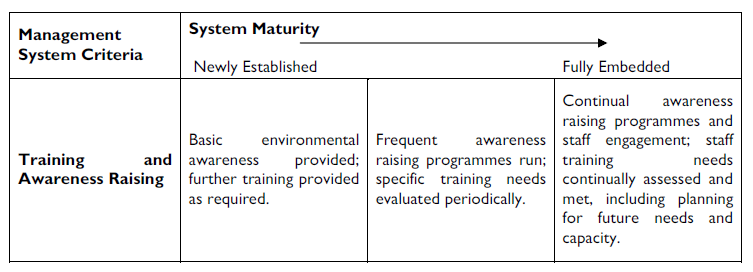
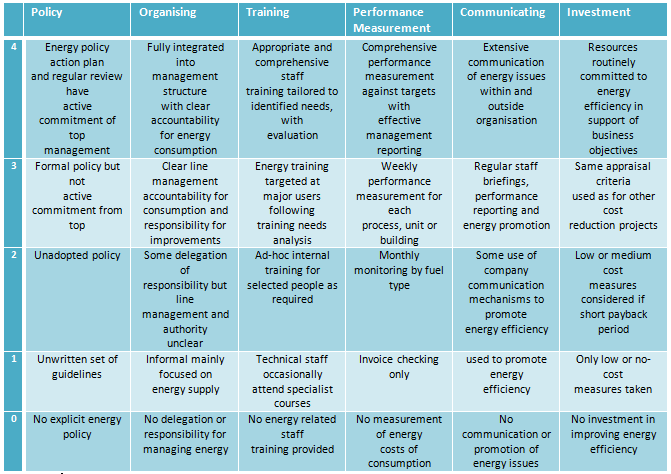
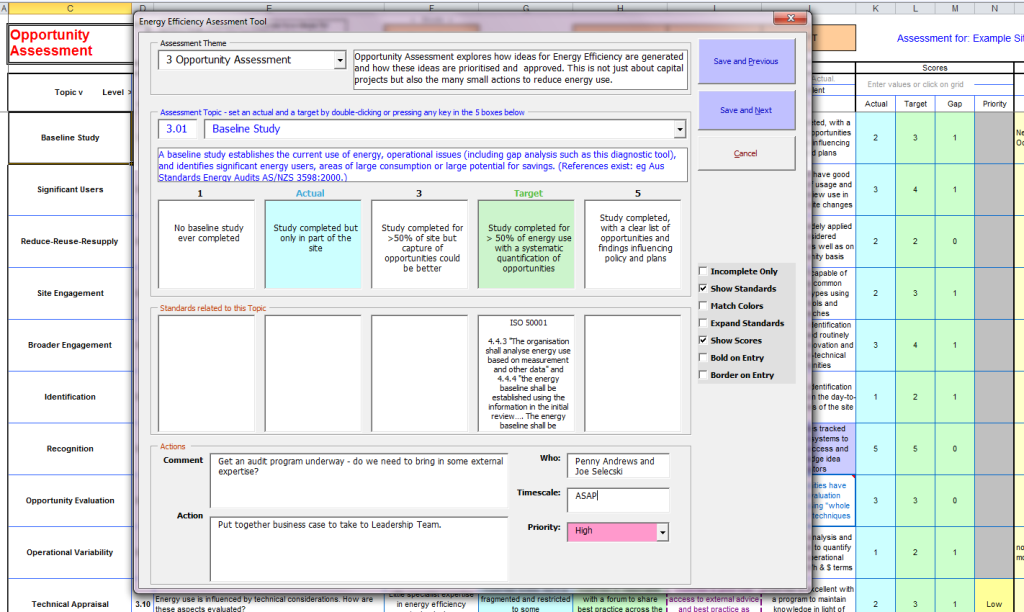
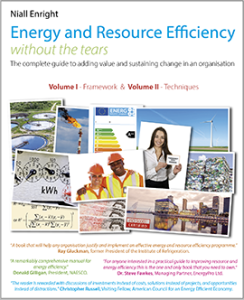
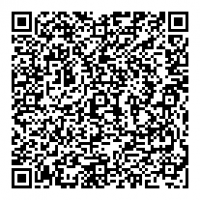
exellent! i like how you put my thoughts